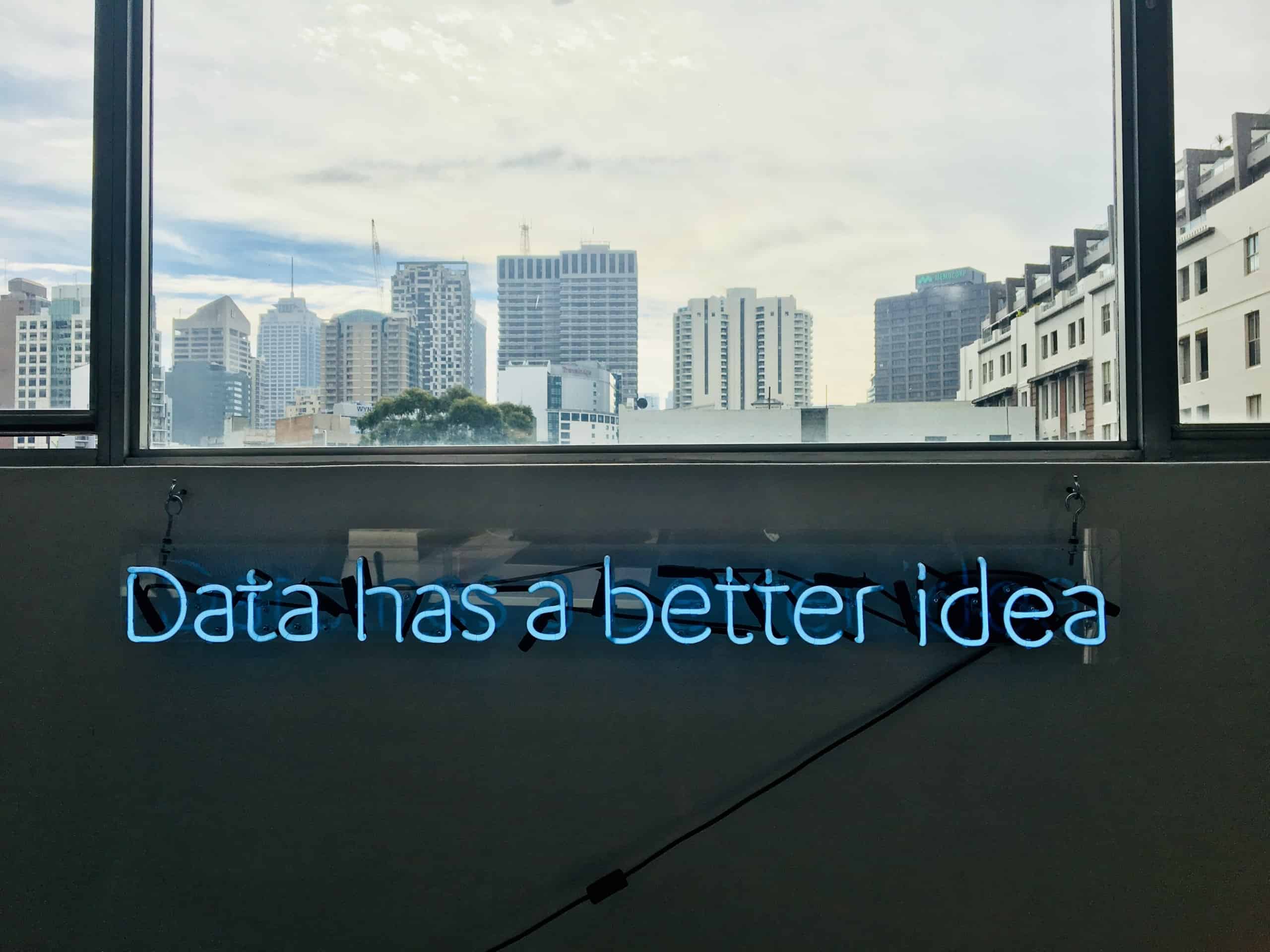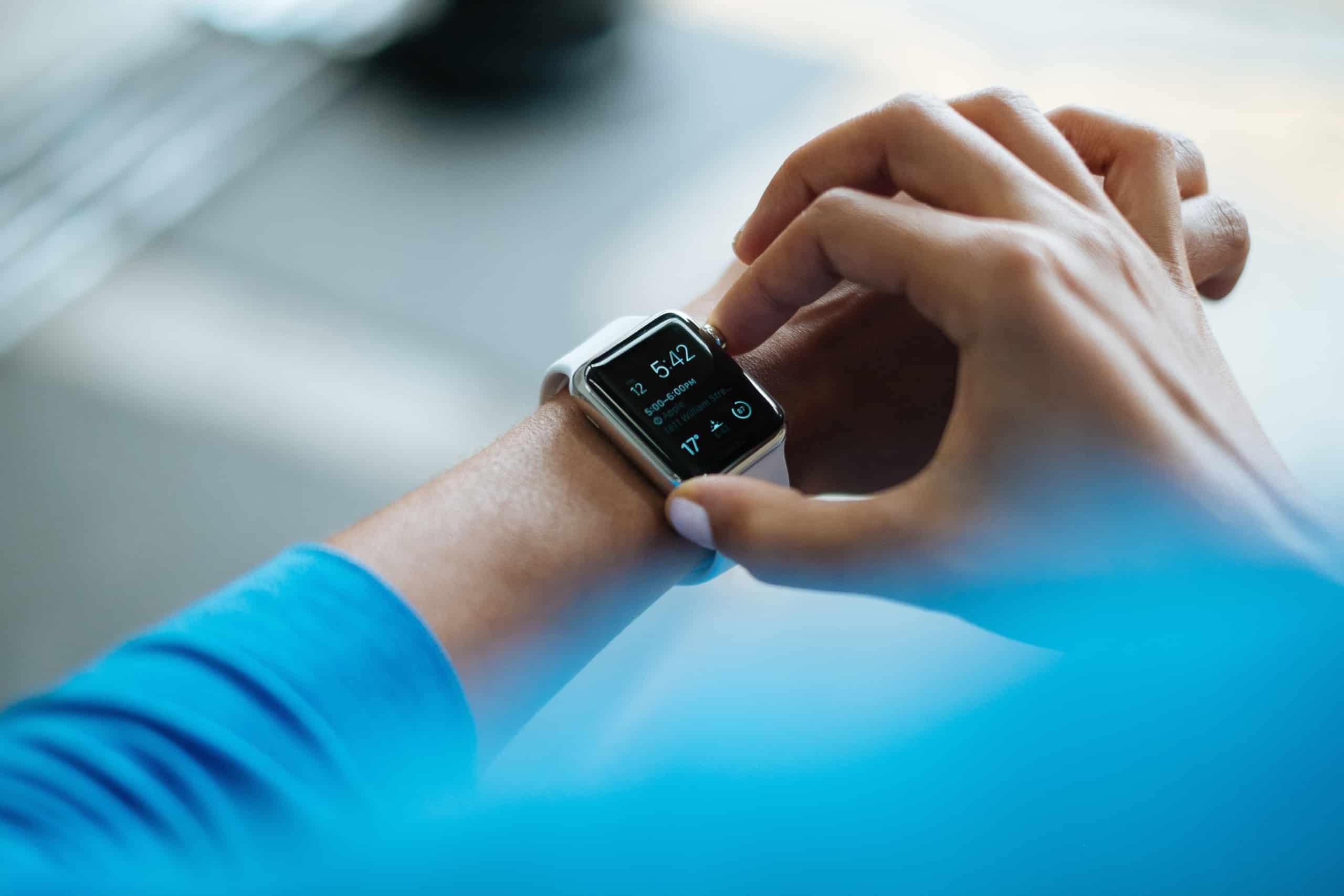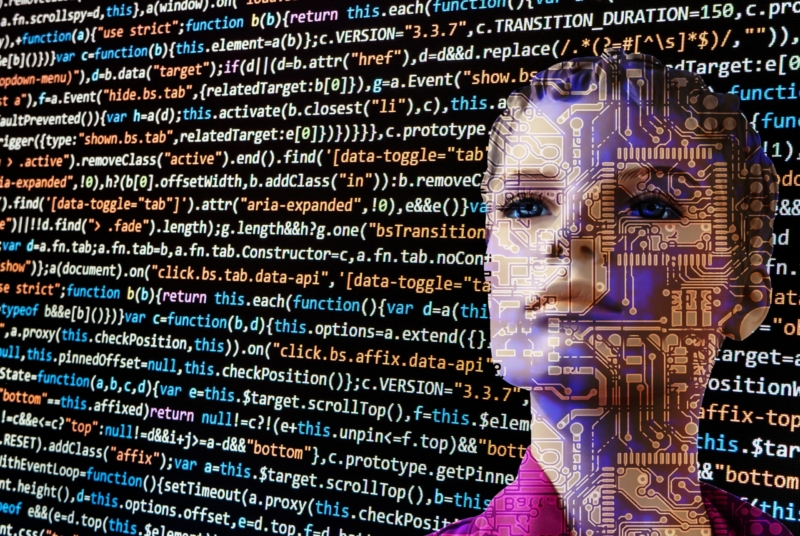
Photo by Franki Chamaki on Unsplash
Artificial Intelligence (AI) is influencing every aspect of our daily lives, and most recently, the healthcare industry. AI-influenced technology is everywhere around us, from simple calculators to driving assistance systems, so it’s completely natural to see a major impact happening in the field of healthcare as well. Features like neural language processing and machine learning give AI the power to analyze the existing information, determine previously unnoticed patterns, and make accurate predictions. It already makes contemporary medicine much more efficient, but it’s just the tip of the iceberg since AI is going to take healthcare to a whole new level relatively soon.
Reading this article, you will learn a number of important details:
- Stats and examples that reveal the importance of AI
- Four basic ways AI is changing the healthcare industry
- Honorable mentions
- Disadvantages of AI in medicine
Get ready as we are about to begin a long and exciting journey!
AI: Definition, Stats, and Impacts
By definition, AI is a branch of computer science dealing with the simulation of intelligent behavior in computers. To put it simply, it represents the capability of a machine to imitate intelligent human behavior.
Although most people consider it to be a futuristic concept, the fact is that AI exists for decades already. This means the new form of intelligence has already made a significant impact on various spheres of life and business, including transportation, customer relationship services, traditional and online retail, and many more.
We will show you only a few examples that reveal how important AI has become for the functioning of the modern world:
- Travel industry: It’s completely fair to state that the hospitality industry is addicted to AI. According to travel writers at Essay Geeks, the technology controls itineraries and flight prices in real-time, but it also suggests the best routes, the cheapest booking options, places to visit, etc.
- Online retail: Traditional retail is losing pace because AI is helping eCommerce grow incredibly quickly. The system is able to process gigantic data volumes and provide online shoppers with relevant offers and price comparisons. This makes the user experience faster, more productive, and comfortable.
- Customer service: Using highly intelligent tools such as chatbots, businesses can now ensure around-the-clock customer service. For instance, organizations such as AustralianWritings or Assignment Geek use AI-based instant messaging to maximize availability and help their clients 24/5. Such a system drastically reduces response times and cuts operational costs.
- Social networking: Social platforms as you know them today would be impossible should there be no AI. The likes of Facebook, Instagram, and similar networks use smart technologies to filter huge datasets and present you with content that resonates with your style and personal preferences.

Photo by Glenn Carstens-Peters on Unsplash
Okay, you’ve seen how AI is affecting different industries, but now it is time to check out the impact it makes on the healthcare industry. We will start by showing you a couple of statistical findings:
- The market for healthcare AI tools is expected to surpass $34 billion by the middle of the 2020s.
- AI applications can create $150 billion in annual savings for the US healthcare economy by 2026.
The figures are enormous and it’s clear that AI really is a big deal here, but now we want to discuss the specifics and explain practical ways this technology is reshaping medicine.
4 Practical Examples of AI in Medicine
AI contributes to the healthcare evolution in many different ways, but some fields change quicker than others. Our goal is to describe those fields, so let’s see four major ways AI is changing contemporary medicine.
- Medical imaging diagnostics
No one can dispute the power of MRI, X-ray machines, and CT scanners. Doctors successfully use these tools for decades, but they can never be 100% sure of the outcome because images can be shady and blurry enough to hide the actual condition. This is exactly where AI steps in to upgrade the process.
AI-supported scanners can delve much deeper into the patient’s body, thus creating perfectly accurate images that reveal the presence or absence of illness. Working in close cooperation with each other, doctors and pathology experts are able to interpret new scans much easier and bring more accurate decisions. How is this possible?
James Cuban, a machine learning specialist at the college paper agency, says AI systems quickly distinguish between healthy and cancerous cells – a feature no human being can ever develop: “AI-based scanners are able to identify anomalies and zoom in the infected area to provide doctors with closer insights. This allows medical practitioners to understand the development of the disease and decide whether to cure it with drugs, chemotherapy, or surgery.”
-
AI-performed surgeries
Surgeons have always been the superstars of medicine. They are the ones who directly save lives and remove deadly tissue from a patient’s body. However, this practice comes with so many obstacles and practical problems: surgeons can often get tired, nervous, shaky, and imprecise.
On the other hand, robot doctors are gradually taking over the scene by making surgeries cleaner and more precise. They mostly use laser tools to perform non-invasive operations, making the process simpler and effortless. By doing so, robot surgeons make less damage to the nearby tissue and allow patients to heal faster than usual.
For instance, the so-called Smart Tissue Autonomous Robot (STAR) is a semi-autonomous device that uses a near-infrared camera to constantly monitor how predefined marks on tissue move in relation to its cutting tool. What does it mean exactly?
It means STAR cuts tissue subtly using electrical currents instead of a scalpel blade. It analyzes how the skin reacts to cutting and adjusts movements so as to hurt less. In this example, STAR actually managed to create two-inch cuts and put stitches better than a human surgeon. Although robot surgeons are yet to be perfected, it is hard to imagine them not replacing humans sooner or later.

Photo by Free-Photos on Pixabay
-
Virtual health assistants
Virtual health assistance is based on AI technologies that allow patients to monitor their condition in real-time. This is done mostly through wearable gadgets such as smartwatches that help people to take care of their everyday needs.
According to the report, the revenue coming from healthcare wearable device sales worldwide is expected to grow to around 4.4 billion in 2019. Wearable devices turn passive patients into active participants who really engage and pay attention to all health-related issues.
For instance, health monitors in smartwatches can measure blood pressure, heart rate, and tons of other parameters. Besides that, wearable devices also have the purpose to:
- Notify patients to take the prescribed drugs
- Send urgent health-related information to the doctor
- Urge a patient to reload when drug stocks are close to the minimum
- Ensure instant communication with the doctor
- Remind people of doctor referrals and upcoming appointments and exams
- Save healthcare costs. Namely, a lot of patients can now go home safely because wearables are making sure everything is under control. In case something bad is about to happen, everyone can react promptly to prevent bigger damage.
-
Proactive medical care
The healthcare industry has traditionally been reactive. In other words, it used to treat patients once the problem already existed. For instance, traditional examples look like this: a patient goes to the hospital, complains about certain symptoms, undergoes an examination, and gets diagnosed with a certain illness.
After that, a doctor suggests a treatment in the form of drugs or surgeries. This is the case with all patients, regardless of the type of illness. However, it looks like AI is going to change the way we approach medical treatments in the years to come.
Health and lifestyle authors at Essayontime.com explain that, instead of being reactive, AI is promoting proactive medical care: “How is this possible? Well, it turns out that machine learning and big data are able to derive meaningful conclusions out of seemingly unrelated datasets. That way, AI makes the most of a patient’s medical history and determines his/her weak spots.”
This gives doctors the opportunity to closely monitor risky conditions and act before the illness even occurs or before it becomes too big a threat. It increases the odds of treating patients successfully and makes the healthcare industry better than ever before. Patient access and patient experience are very important to the healthcare industry these days. Patients, customers, expect the same type of experience with their healthcare as they do in everyday life.
AI in Healthcare: Honorable Mentions
You’ve seen the four most important ways AI is changing healthcare services, but this article would not be complete without adding a few honorable mentions to the list. With so many performance capabilities, it is obvious that smart technologies have a number of other implications, including these:
- Drug development: AI is almost as clever as a human being, but it can process information much faster than our brains. As such, the new technology can analyze large datasets and identify connections and patterns researchers could never detect.
- Depression recognition: Depression is a big threat to global well-being, affecting hundreds of millions all over the world. However, AI-based apps can successfully track and evaluate user behavior, thus discovering the first signs of mood swings and depressive behavior.
- Skin cancer detection: AI is already able to detect skin cancer more accurately than dermatology experts. Namely, the system analyzes thousands of skin cancer images and combines these insights with the existing documentation to determine whether it’s really melanoma or not.
- Reducing antibiotic resistance: People use way too many antibiotics all over the world, which increases the risk of antibiotic resistance. This is both dangerous and costly since patients don’t react to common drugs and also waste money buying inefficient medicine. With AI, it will be possible to prevent a lot of illnesses and eliminate the need for using antibiotics in the first place.
- Robot doctors: This concept definitely seems strange, but the fact remains that Chinese scientists already made a robot doctor with millions of medical records worth of knowledge. This is the first machine to ever pass a medical licensing exam.
Cons of Using AI in Healthcare
After everything we’ve said here, it’s not difficult to conclude that AI is making a very positive impact on the healthcare industry in general. However, it wouldn’t be fair not to mention some shortcomings that could occur in the process.
- It’s a slow process: AI is a revolutionary technology, but it is by no means cheap. This means we will still have to wait for a decade or two before it becomes widely accessible and omnipresent. So far, it is reserved for the most advanced healthcare systems and well-off societies.
- Unification: This problem is a direct consequence of the first one. Unification is another issue in the field of AI-based medicine because it is extremely difficult to maintain the same level of progress across all verticals. There will be major adoption differences between different countries, regions, and even cities.
- Security: AI needs a lot of information in order to become completely functional. In other words, AI systems will get access to gigantic data libraries and force us to think about security issues. How can we protect patients’ personal information? What happens in the case of data breaches? Who is responsible for the damage done?
- Control: The last concern is related to control issues. As AI keeps getting smarter and more complex, who will be able to control it? How can we tell if it’s right or wrong? It opens a number of philosophical topics that easily transfer into the real-world environment.
Conclusion
AI is such a powerful and all-encompassing phenomenon that has the potential to change the way we live and do business. The healthcare industry is not an exception as machine learning and neural language processing are already reshaping medical treatments and diagnostics.
In this article, we explained to you four ways AI is changing the healthcare industry. We also showed you a couple of stats to prove these claims as well as a few disadvantages of using AI in medical procedures.
We hope this post helped you understand the magnitude of changes, but feel free to write a comment if you have other insights or questions to ask – we will be glad to discuss.










